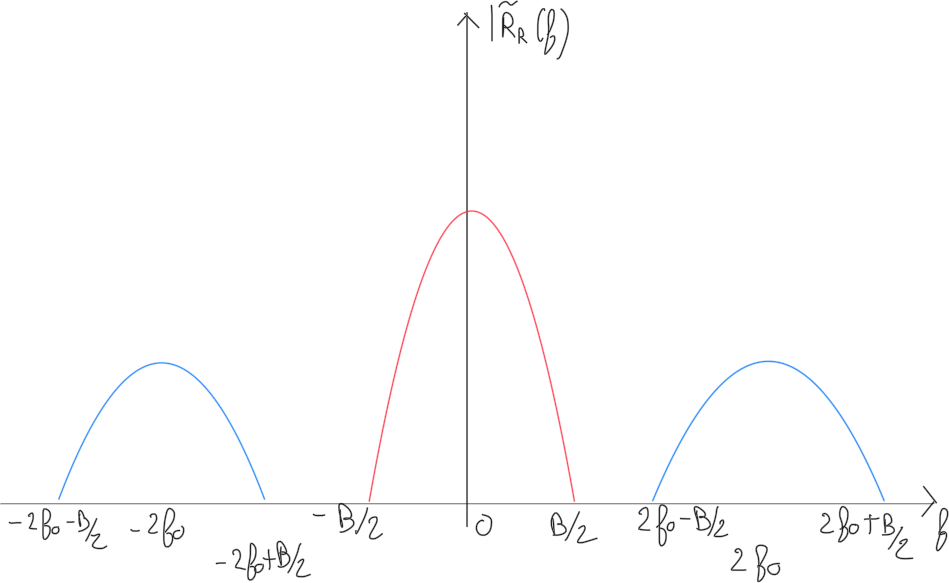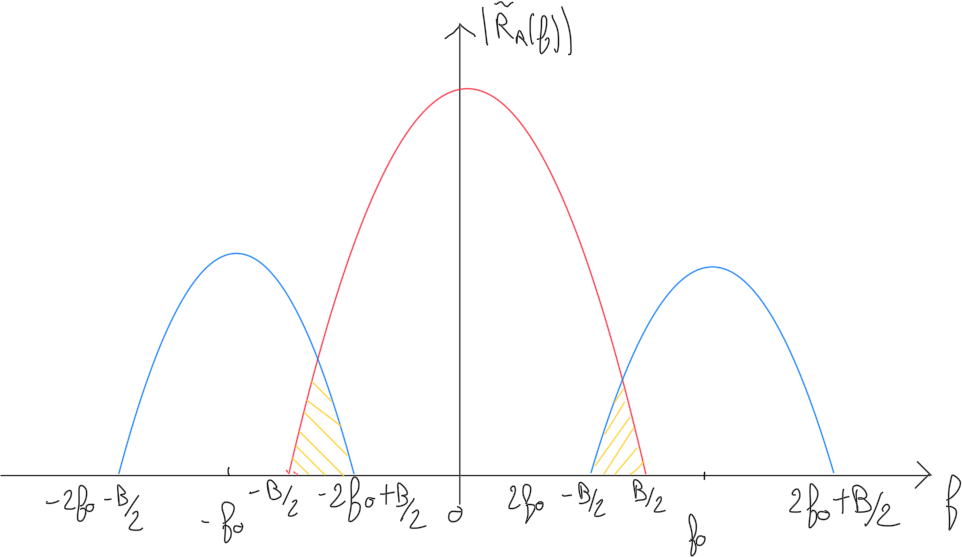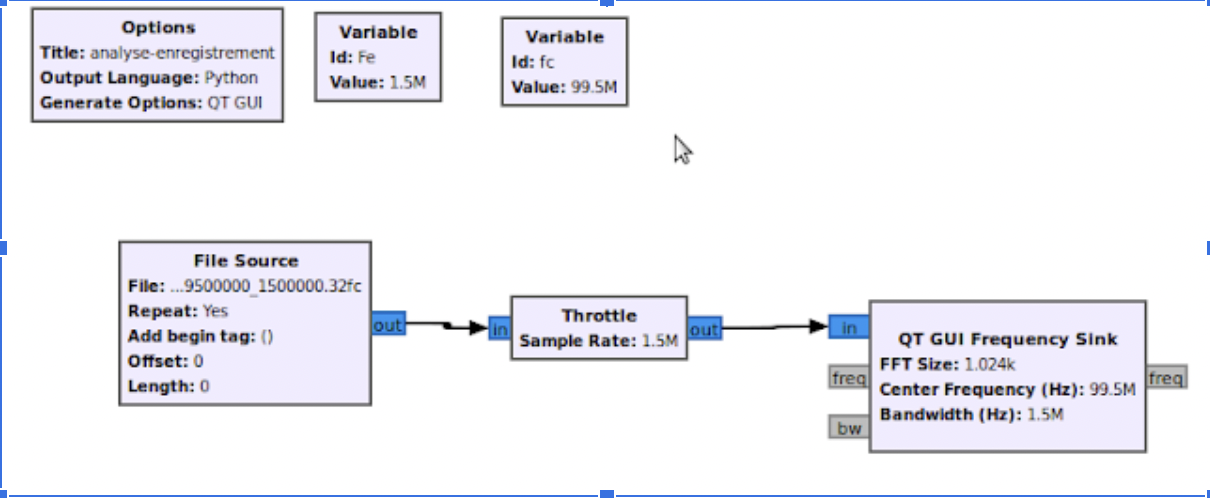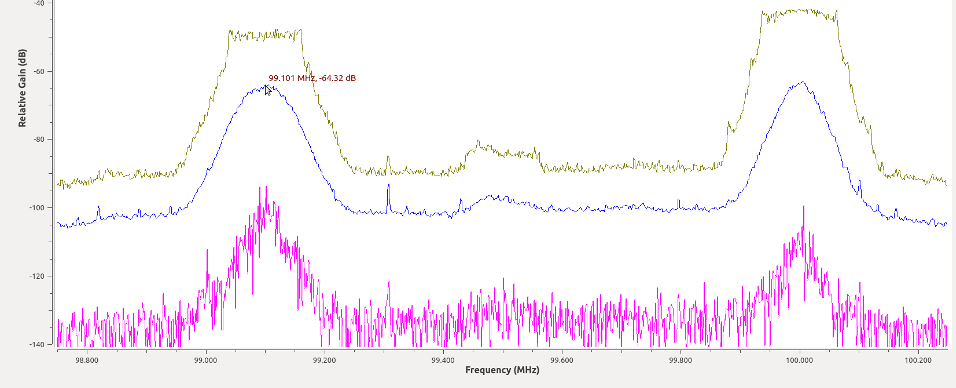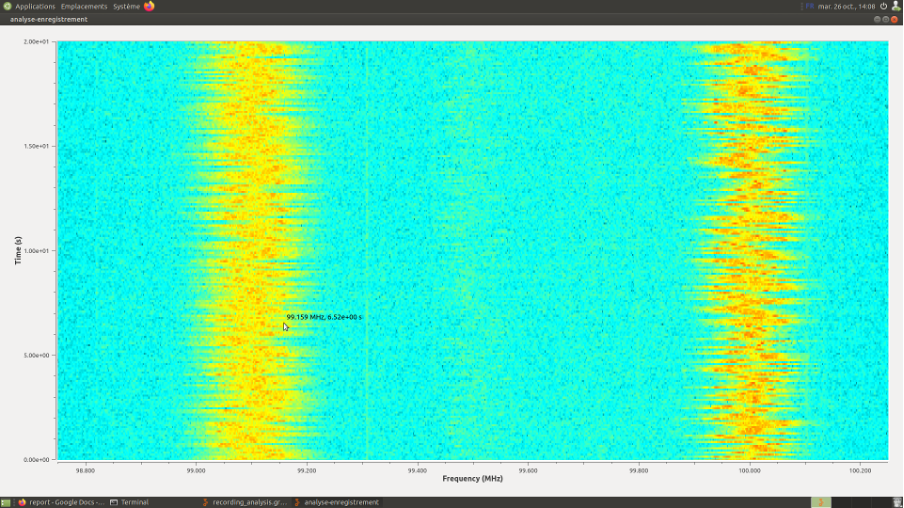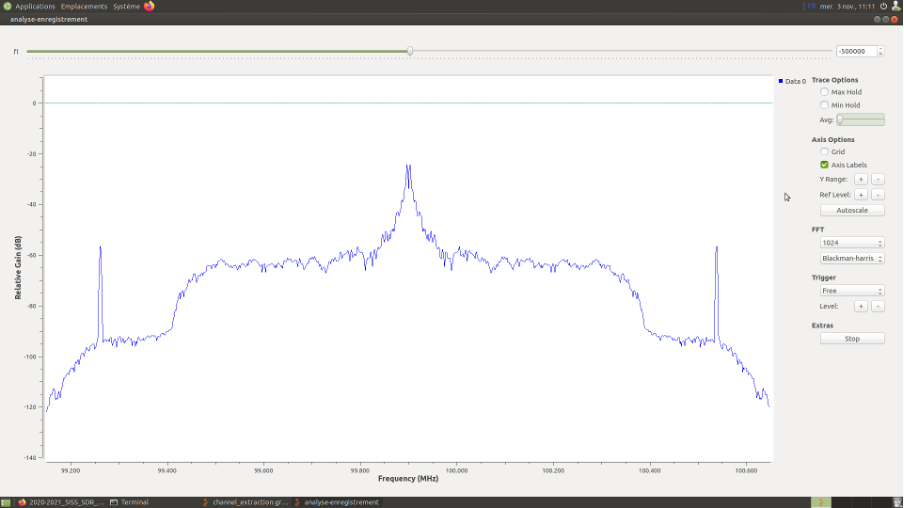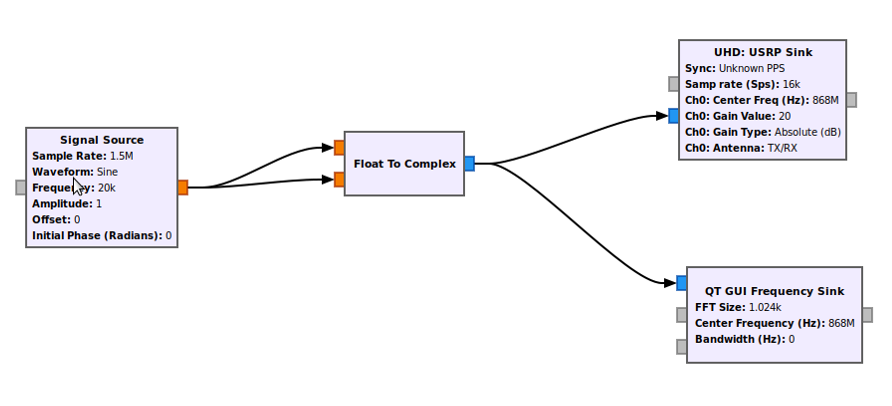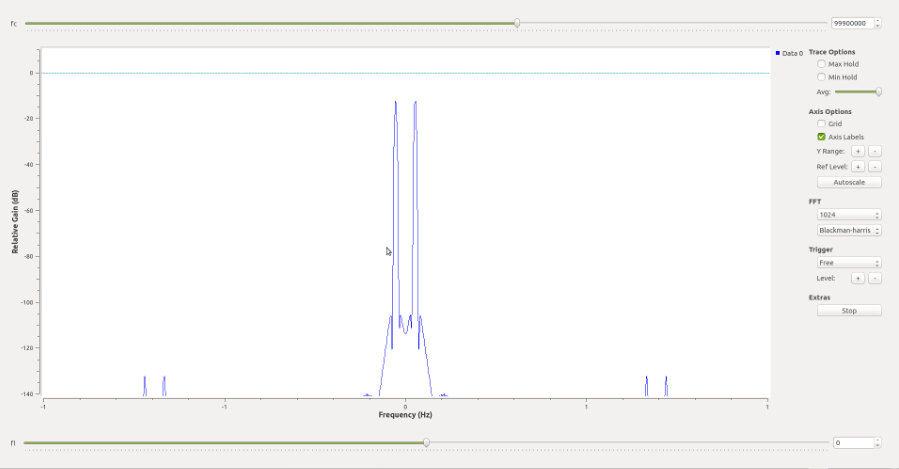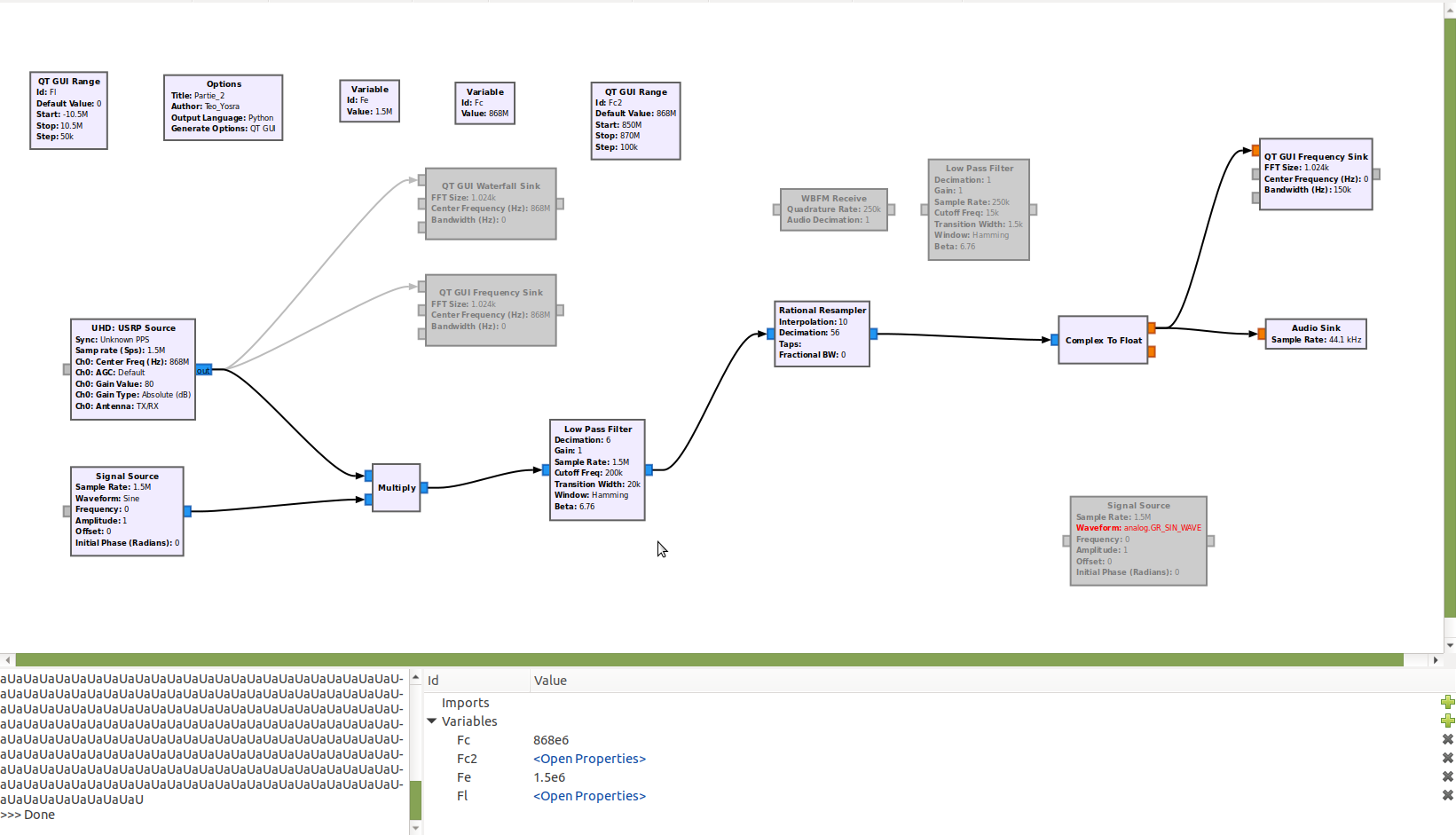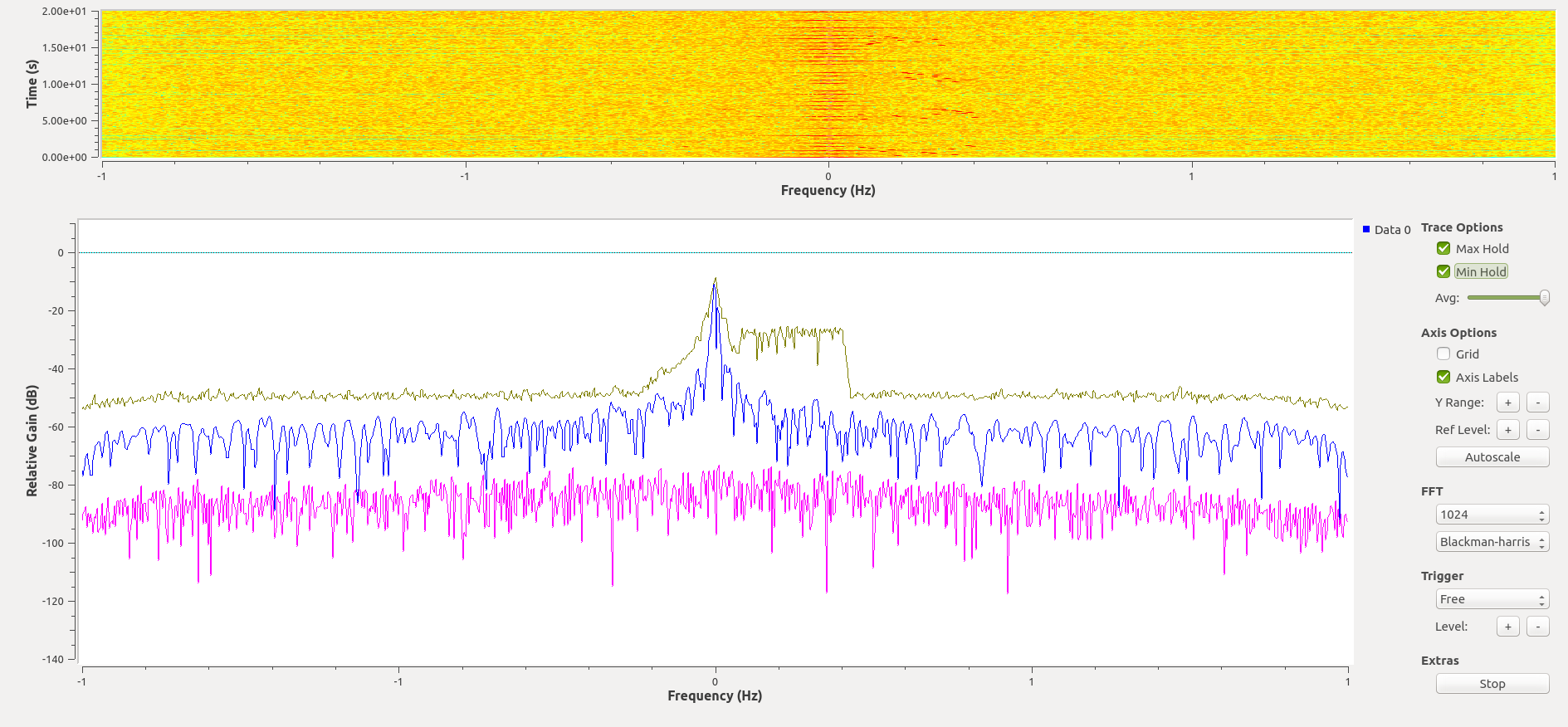Descriptive part
Main used protocols in IoT
We have seen the most commonly used protocols in class: LoRA, Sigfox, BLE, ZigBee, NB-IoT (5G) and LTE-m (5G). The similar protocols are grouped 2 by 2. These are the ones generally used for the same purposes i.e. LoRa/Sigfox, BLE/ZigBee and NB-IoT/LTE-m. The tables below gather the main characteristics for each protocol. In my Protocol presentation & report. I give more details about LTE-m.
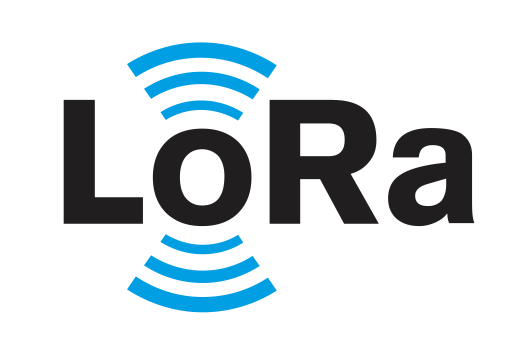
Specification
LoRa Alliance
Frequency
868 MHz in EU
Max Range (km)
20
Max Data Rate
50 kbps
Payload capacity
243 bytes
Cell Capacity
40 000
Battery Life
15+ yrs
Mobility
Slow
Localization
Yes
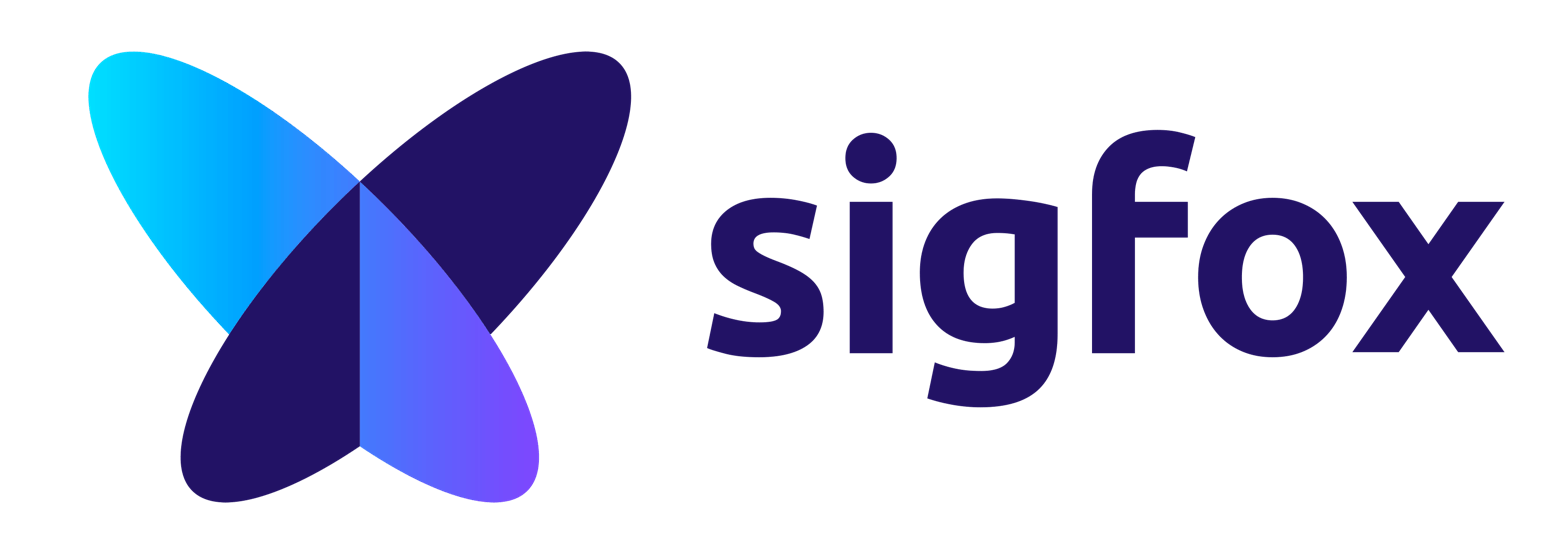
Specification
Sigfox
Frequency
868 MHz in EU
Max Range (km)
50
Max Data Rate
600 bps
Payload capacity
12 / 8 bytes (UL/DL)
Cell Capacity
1 000 000
Battery Life
15+ yrs
Mobility
No
Localization
Yes
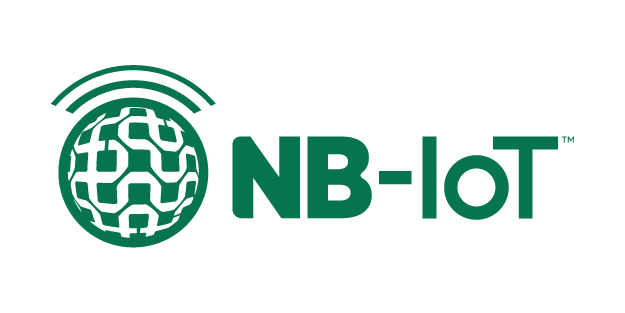
Specification
3GPP
Frequency
LTE bands
Max Range (km)
50
Max Data Rate
200 kbps
Payload capacity
1 600 bytes
Cell Capacity
200 000
Battery Life
10+ yrs
Mobility
No
Localization
Yes
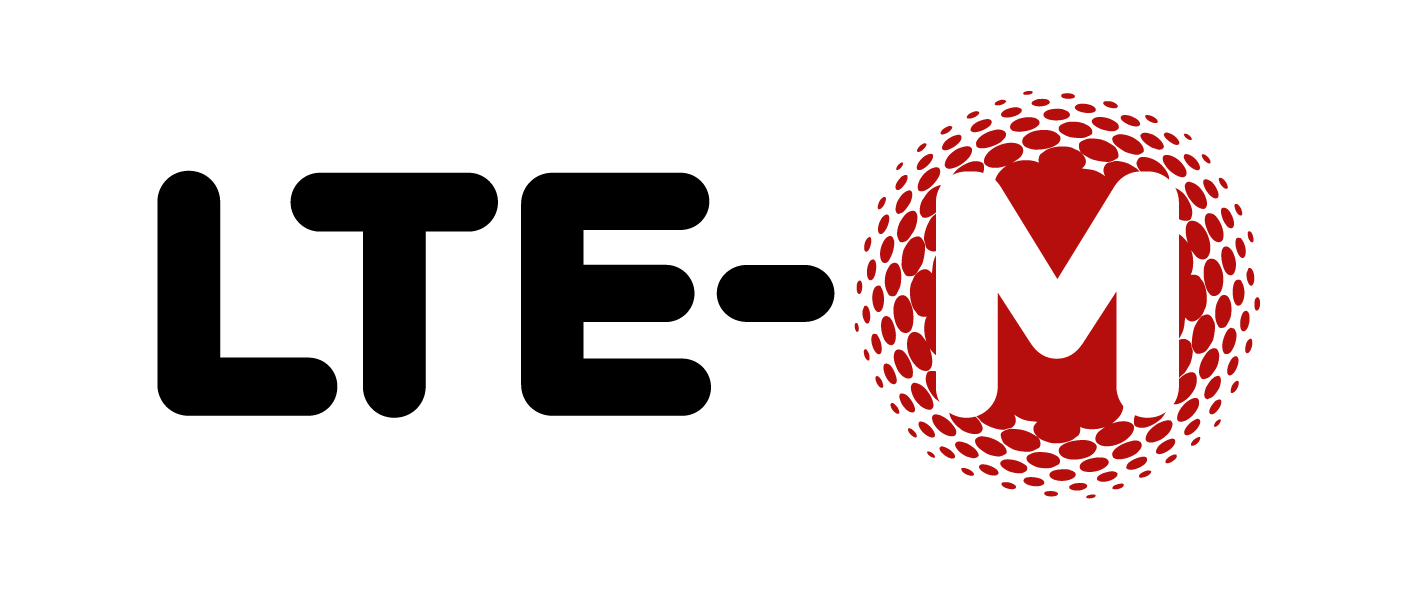
Specification
3GPP
Frequency
LTE bands
Max Range (km)
50
Max Data Rate
1 mbps
Payload capacity
1 000 bytes
Cell Capacity
1 000 000
Battery Life
10+ yrs
Mobility
Yes
Localization
Yes

Specification
IEEE
Frequency
2.4 GHz
Max Range (m)
50
Max Data Rate
1 mbps
Payload capacity
244 bytes
Cell Capacity
65 536
Battery Life
1 mth
Mobility
Yes
Localization
Yes

Specification
IEEE
Frequency
868/915 MHz, 2.4 GHz
Max Range (m)
100
Max Data Rate
250 kbps
Payload capacity
104 bytes
Cell Capacity
65 536
Battery Life
1 yrs
Mobility
Yes
Localization
Yes
Types of MAC protocols
In the second part of the course, we studied the MAC layers. It serves as an interface between the software part controlling the link of a node and the physical layer. Below you will see a diagram classifying the MAC layers. We categorized those protocols in four categories: Synchronous, Asynchronous, TDMA and hybrid. This is just an overview, I have detailed some protocols in my report & presentation.
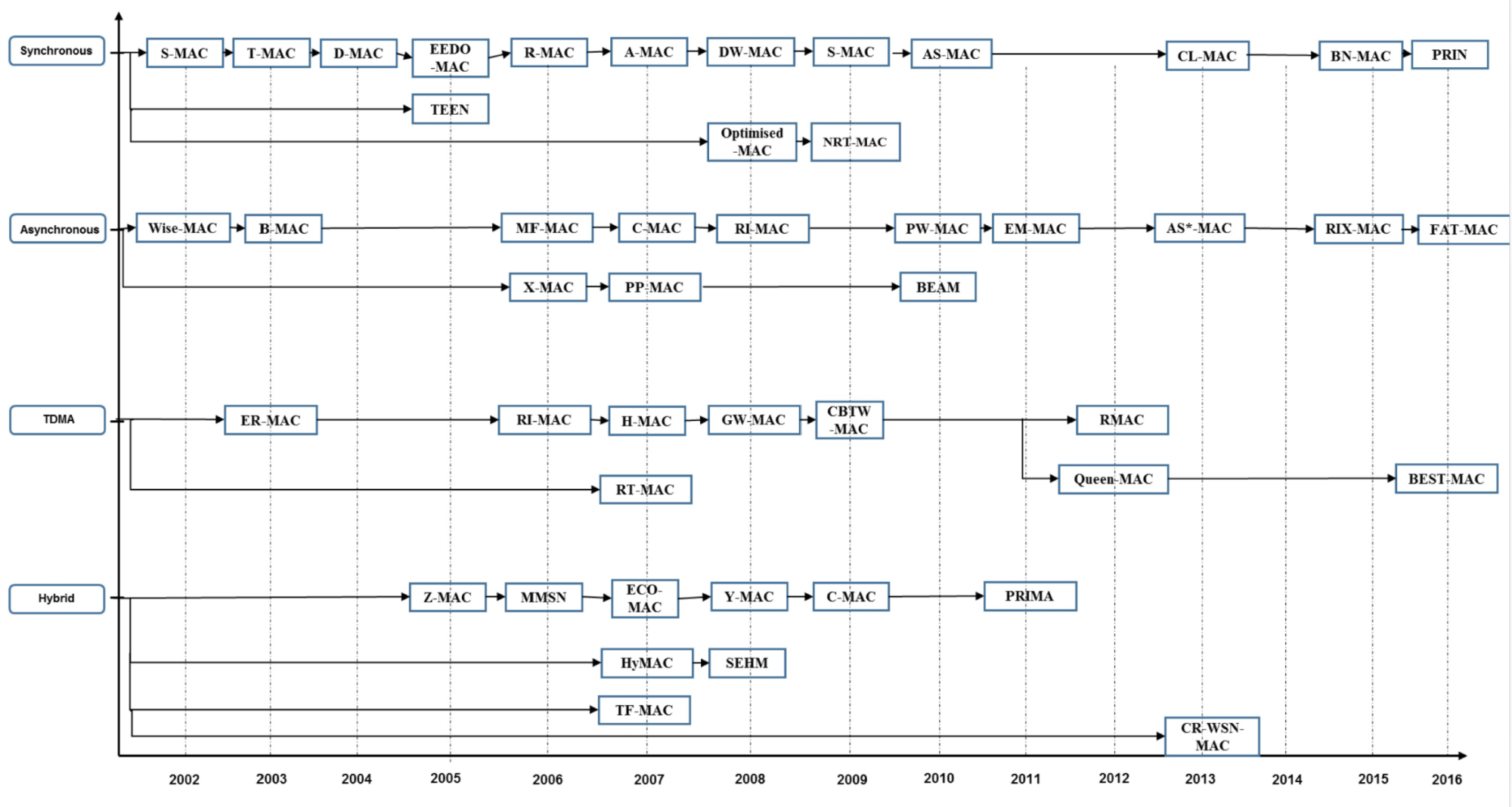
Application Case: Software Defined Radio (SDR)
Software Defined Radio is a radio receiver and sometimes a radio transmitter made with software. In this case the open source tool GNU radio is used. For reception the signals are analyzed by an ADC and then processed by GNU radio. For transmission, the data is processed by the software before being converted into signals using a DAC and sent via an antenna.
The advantage of this technology is that with the same antenna it is possible to process several signals on different frequencies. For example, it is possible from the same signal to pick up several radio frequencies or a cellular network or television with the help of filters tailored to the application. We can therefore use a generic hardware with a software part adapted to each technology.
The lab is divided into three parts: showing theoretically that it is possible to transmit a narrowband signal without modifying it with an In-phase/Quadrature transceiver, demodulating recorded signals from an FM radio from a source file and GNU Radio, sending messages via the USRP-2900.
First part:
Theory
The USRP-2900 is the USRP (Universal Software Radio Peripheral) transceiver used to record the radio signal we worked on. The USRP can be summarized in two stages:
• Transposition of the received signal to the zero frequency to process it more easily
• Conversion of the analog signal into a digital signal thanks to an ADC
This part briefly details the theory but without stepping into calculations that you can find in my
report.
In this second part, we analyze a file containing the recording of radio signals obtained with the USRP-2900. The VHF band includes frequencies from 30 MHz to 300 MHz. In our case, we focus only on the frequencies used for FM radio in France, that is to say, from 87.5 MHz to 108 MHz.
Second Part:
FM radio reception
Third Part: Implementation of a transmitter/receiver
The purpose of this part is to send audio via radio, then receive it with another radio receiver and demodulate it to listen.
